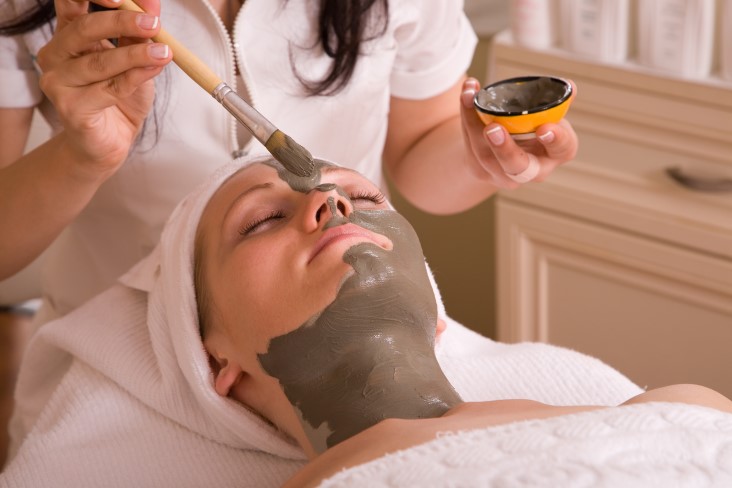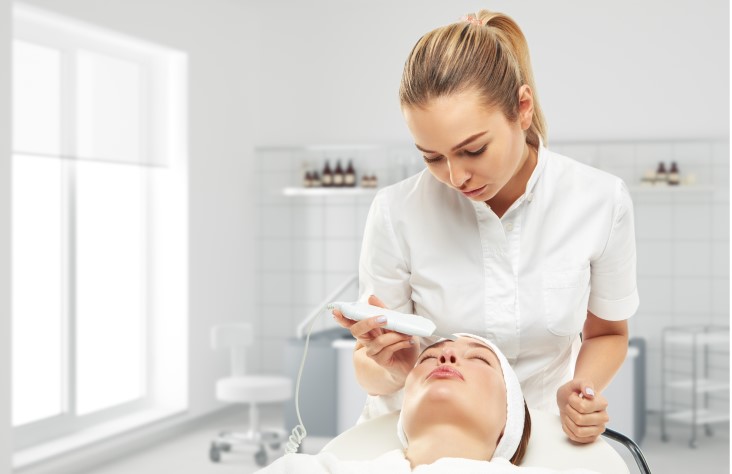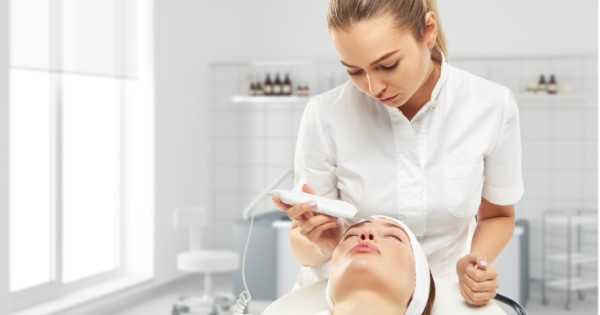If you’re hoping to move into the realm of esthetics, you might want to first know what you’ll learn in esthetics. It’s true that esthetics is complicated and can be difficult to master, but that doesn’t mean you can’t understand esthetics before you go into an esthetics course. Estheticians learn all sorts of interesting things you might have an interest in. Here are the most prominent things esthetics courses will typically cover.

Generalized Skin Care
General skin care options are things you’ll learn as part of your esthetics training. For the most part, general skin care isn’t that difficult. You may learn not only how to administer skin care to people in a salon or an office, but also how to let people know what they can do to maintain healthy skin at home, which is a great element of skin care that can help them avoid future salon visits to correct their skin.
Skin Care for Different Skin Types
There are many different skin types that you might encounter as you see different clients. Most commonly, you’ll see people with oily, dry, normal or combination skin types. These all indicate different potential problem areas and different ways of managing skin problems. Ideally, you’ll want to steer your clients toward a “normal” skin type because this type is the healthiest and is possible to achieve with a dedicated skin care regimen.
Spa Treatments
With many different spa treatments available out there, it only makes sense that an esthetics program would teach you the basics of mixing up and applying spa treatments. When you go through an esthetics program, you’ll learn more about the basic types of spa treatments, as well as ways you might be able to create new spa treatments for people who need them. That means you’ll be well equipped to manage your clients’ desires for spa treatments.
Facials
Facials are a specific type of spa treatment you might be able to get even more information about. Whether you’re working in a spa, a salon or somewhere else entirely, facials are probably going to be a crucial element of your practice. Whether that means applying creams and pre-mixed products, mixing your own products, or even just massaging someone’s face to help their muscles relax, facials are an important element of maintaining your spa touch.
Tackling Skin Care Problems
Specific skin care problems will often be something that clients cite when they tell you why they’ve come in for a spa or salon treatment. For example, someone might be looking to reduce facial tension or avoid acne. Regardless of the skin care problem, there’s probably an underlying cause. This is why it’s so crucial to tackle skin care problems for your clients, so you can help them manage those skin care problems when they get home as well.
Conclusion

There is a surprising number of concepts that esthetics courses will typically cover. If you’re looking for ways you’ll be able to use your esthetics education, the good news is that you can probably use it in a variety of ways. Whether you work in a dermatology office or a salon, you’ll be able to use your knowledge in many different ways. Consider enrolling in an esthetics course through Ogle School to get the most cutting-edge information delivered in the best way every time.



